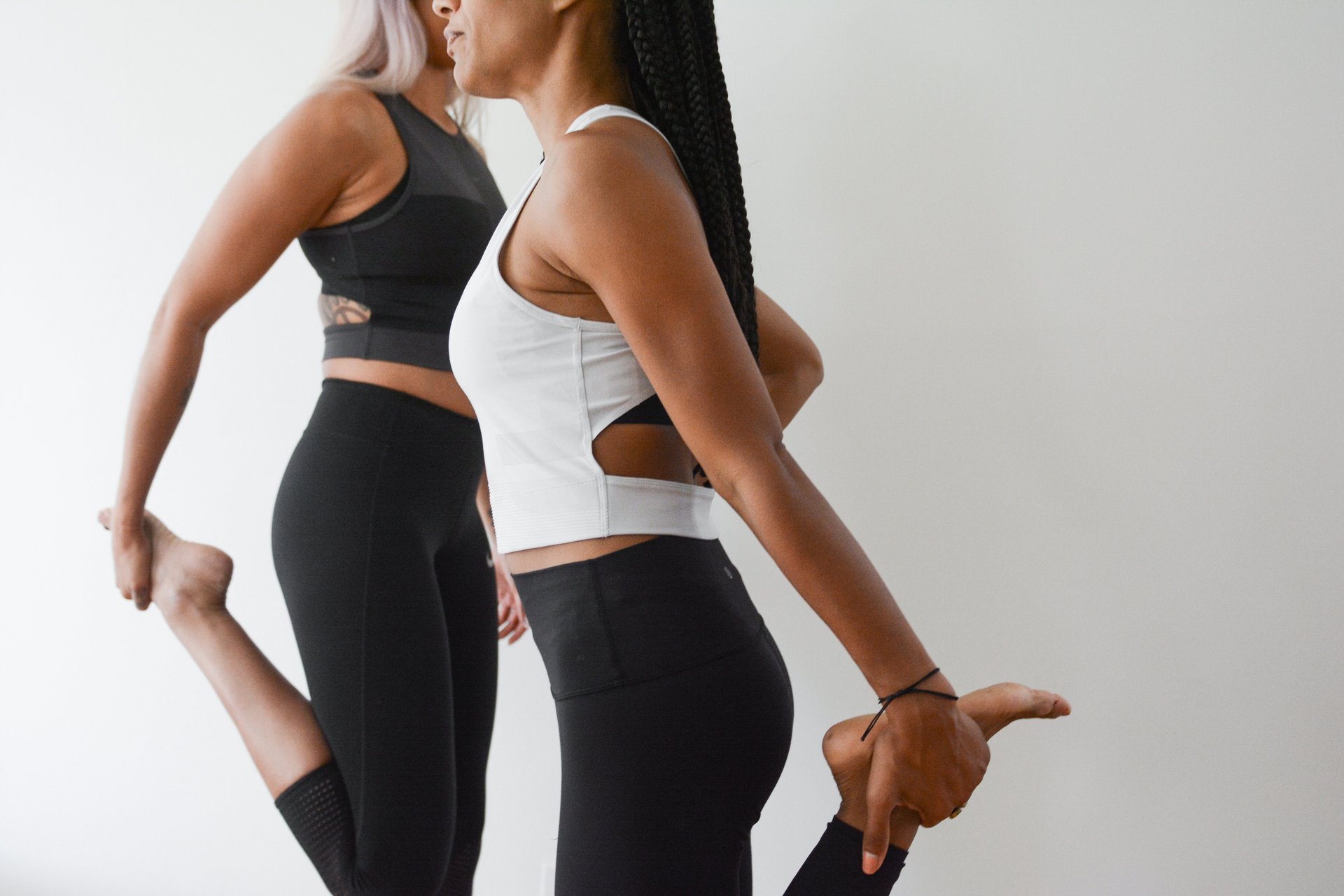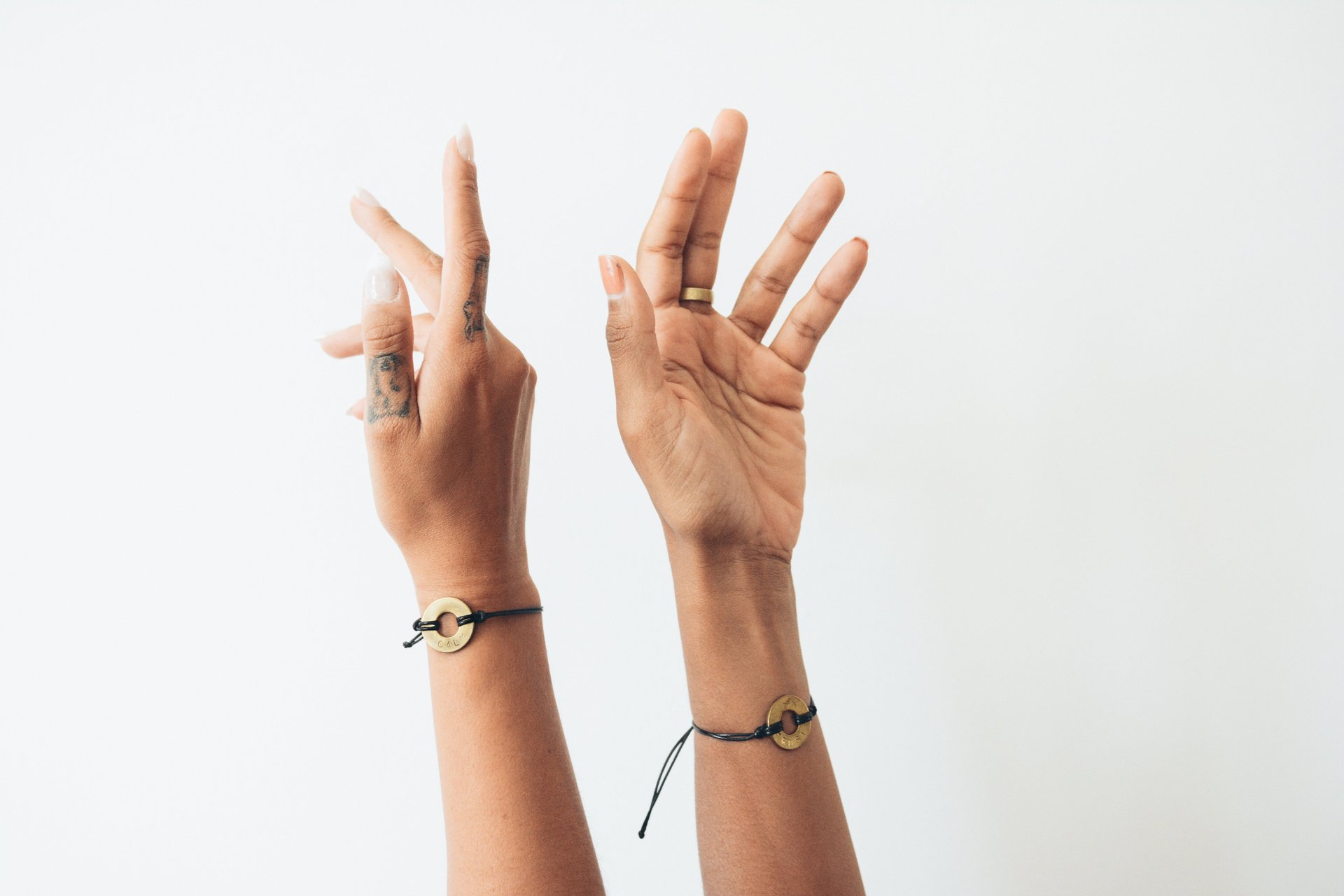The cover shoot that brought me face to face with racism in the wellness industry
Somehow, in a country where more people are meditating than ever before, wellness is a $4.2 trillion dollar industry, and yoga studios have reached inner-city ubiquity, it’s getting harder for me to exhale.


Somehow, in a country where more people are meditating than ever before, wellness is a $4.2 trillion dollar industry, and yoga studios have reached inner-city ubiquity, it’s getting harder for me to exhale.
At first, the blooming of the wellness movement gave me hope: If its intentions were mass adopted, it would mean more people were going to have more access to living healthier and more holistic lives. But as a black female practitioner and entrepreneur in the field, I’ve realized that this space, like many others, is not designed for me.
Despite what brands adopt in their marketing strategies, we’re still woefully behind in creating true access and opportunity for diverse leaders in wellness. When it comes to claiming to support minorities, for most businesses, it’s just a bunch of performative wokeness.
Case in point: My body recently caused controversy at Yoga Journal, the largest yoga magazine in the US. After being asked to appear on their cover (with an accompanying feature article), they placed profits over purpose when they doubled-back and asked their community to vote between me and a white woman for their cover photo. They were worried that my image wouldn’t sell, and they wanted the data to prove it.
I was mortified, but unfortunately not surprised: My work and impact were worthy of the pages in between, yet my natural hair and dark skin weren’t worthy for the cover.
My story isn’t unique. (In fact, the magazine alone has caused harm like this in the past.) Incidents that happen to marginalized communities aren’t one-off miscommunications between consumers and brands: They represent a pervasive inequity in the system that’s playing out right here on our yoga mats.
After posting about my disappointment, the backlash was swift. Yoga Journal gave back the cover they offered me, which is now on newsstands now around the world. But this created an odd predicament: My face was being used to sell a magazine that was perpetuating the very attitudes I was trying to dismantle. In the end, I agreed only to be on the cover if all profits from that issue were placed in a venture fund I started to invest in other diverse practitioners, so the capital could be distributed to other businesses owned by people who experience a similar bias to the one that was placed on me—both on and off the mat.

Wellness has an opportunity to increase health equity for those who need it most, but instead we’re investing in an industry that does just the opposite. Let’s say we were able to extract these practices from capitalism, from white supremacy, from racism, and from discrimination. The positive benefits to lower-income populations and communities of color would be cost-effective, as they would promote preventative ways people can stay well in the face of America’s health-care system, an industry that often overlooks these groups. Instead, we continue to perpetuate the perception that calm minds and limber bodies are the domain of white millennial women.
But get out of the suburbs of Berkley or the studios of Williamsburg, and the vision looks different. As the executive director of a nonprofit that provides tools for yoga and mindfulness in under-resourced schools, I know what this practice can feel like. In classrooms across the country, thousands of students from all backgrounds and their teachers move and breathe without judgment or hesitation. I think the most accessible yoga studios are in our classrooms—but what happens when students are grown, leave the safety of their own schools, and walk into a yoga studio that doesn’t accept them as what a yogi looks like? If we have no collective accountability to increase access for this generation, we certainly have to mobilize for the next.
And that takes all of us—especially the white, able-bodied practitioners the industry has favored so far. We need to make inclusivity a part of our collective practice. We need to enter each space with a keen awareness of who isn’t in the room, ask the questions that uncover why they’re not, and elevate your expectations for a good workout to include the opportunity for more people to have the same experience.
Try setting that as your intention.
It also takes investing in and elevating wellness brands that are owned and led by individuals who best reflect the needs of these communities. We need more people funding wellness businesses run by entrepreneurs who represent a broader range of lived experiences, investing in our capacity to lead, and amplifying our stories with intention and care. There are plenty to choose from: look at the conversations that Tejal Patel and Jesal Parikh have on their Yoga is Dead podcast, the incredible spaces built by Octavia Raheem and Amina Daniels, the communities created by Lauren Ash and Elliot Musgrave, and the ranges of voices and perspectives on Julio Rivera’s meditation app, just to name a few.
Diverse leaders in this space struggle to find sustainability, mainly because of the lack of funding available for their businesses to succeed. For example, black women like me receive only 0.2% of venture funding in the country, and are unlikely to find financing through loans: Black-owned businesses apply for credit at a rate that is 10% higher than white-owned firms, but their approval rates are 19% lower. The barriers that prevent many underestimated entrepreneurs to succeed as business owners are direct barriers to diversifying the wellness industry—both the social ones and the economic ones. As I scale my own fund to directly support underrepresented wellness practitioners, we need to keep advocating for access to opportunity to shift this systemic narrative.
It’s a damn good business opportunity, too. The multi-trillion-dollar wellness industry has scaled without actively supporting the multicultural market. What if they were intentionally catered to? After all, minority populations have the fastest growing buying power in the US and reserve their brand loyalty for brands committed to making a difference.
More importantly, when we create a space for everyone, it becomes safer for everyone. All of us deserve the right to move and breathe in a space without harm. That has historically been granted only to those who can afford the classes, fit into the pants, and be in walking distance to the studio. Step one is breaking down the biases that prevent people of color getting onto the mat—step two is to make them feel safe and welcome there.
Our practice is powerful and transformative when we practice for ourselves. Imagine what it can change when we practice for us all.